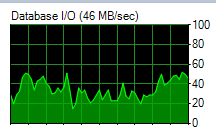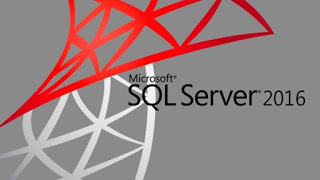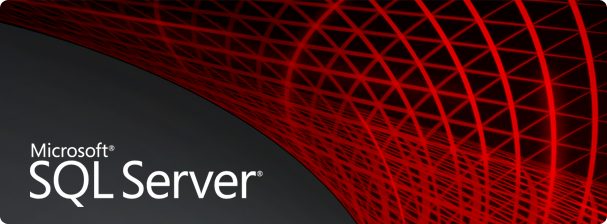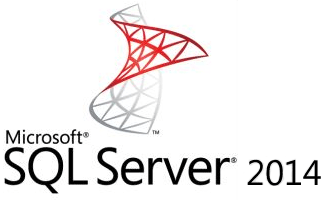With the release of SQL Server 2016 also comes a great new feature to …
With the release of SQL Server 2016 comes many great new features. One …
One of the new features in SQL Server 2016 – and there is a lot – is …
I could use the AdventureWorks2012 database, but I needed the clean …
If either you are doing your SSIS by hand or using the BIML framework, …
With the MIST application from Varigence – this is possible through …
On one of my most recent projects we had a custom script task that we …
You know this everybody – you need to install a whole new SQL Server …
On several occasions I’ve been assigned the task to split a …
I came across a colleague of mine, who asked me if the new updatable …
One of my longterm customers had a database-server crash a while ago. …
In every project on Business Intelligence there comes a time when the …











